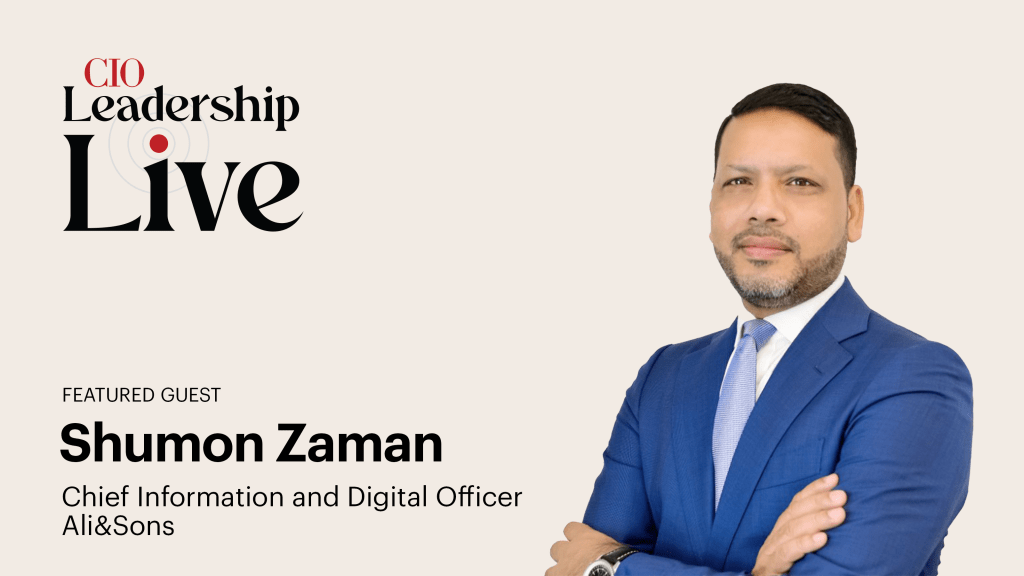Global Tech Tales: What Buyers Want | Episode 3: IT Careers in 2025
00:00 Hi, everybody. Welcome to Global Tech Tales: What Buyers Want. I’m Keith Shaw here to moderate a discussion with other editors from around the world about technology and leadership topics. Joining me for today’s show. Matt Egan, my co-host, the global content editorial director at Foundry. He is representing the UK and Cathy O’Sullivan, she is the editor in chief of APAC for CIO and CSO coming to us from tomorrow in New Zealand. And you get to joke if you know about your geography. And Valerie Potter, she is the managing editor of features from Computerworld, also in North America/United States, somewhere in a in a bunker, right, right. Val, exactly. All right. Welcome everybody to the show. Hey, you can just wait. Thanks. Okay, so Matt, this episode, we’re on the third episode now, and we’re talking about IT careers in this one, it’s a little bit different from our other episodes, where we were covering a specific technology, such as artificial intelligence or cloud computing was our last one. So why is this the topic that and why do we think that this is still important from the IT leader perspective? Sure.Well, as you know, Keith, we talk to it buyers every day in the world’s top markets across the globe, are hundreds of journalists are talking to IT and business leaders, professionals, operatives, and they’re doing that to understand the real world, lived experience of those who work in it. What matters to it buyers. It’s in the name of the show, right? And so in this series, that’s what we share, a deep understanding of the real views of real it buyers in all the world’s major markets, around key topics and careers is a huge topic for IT leaders how to develop their own careers, maintain their own careers, but also, and I think maybe even principally, how to build, maintain winning teams. And I’ll give you a small piece of evidence for that in our latest CIO pulse survey, which we did late last year, when asked CIOs, said that skills was the most important thing that their organization was the least focused on. In fact, only 20% of CIO respondents strongly agreed that their organization had the right level of focus on skills, on developing their teams, on staffing. So you can see that as we head into 2025 like all aspects of careers, from building those teams to managing our own careers are hugely important to it buyers, all right, and and we usually start to show off with some statistics.So as I was doing research for for this episode, I did find three different surveys from from either different articles on the foundry sites or out there in the world, and I just wanted to just pepper the conversation, or start the conversation with these three statistics. So the first one is that IT organizations are reporting that burnout is having a big impact on companies. A new survey from the Upwork Research Institute said that 71% of full time employees say they are burned out, and 65% said they are struggling with employer demands on productivity. In addition, 81% of global C suite leaders acknowledged that increased demands on workers over the past year the second the second one is that it recruitment firm Harvey Nash has said that CIOs are decidedly pessimistic about it hiring in the new year with only 36% saying that their IT head counts would increase in 2025 which is the lowest sentiment since 2011 and then the third stat that that jumped out at me around this this topic was nearly three fourths of women in it have said that they work longer hours to improve their chances of career advancement due to in part, to gender bias and discrimination. And a Corona survey said 71% of respondents said that they work longer hours in hopes of more quickly advancing their careers, and 70% said men in it were likely to advance their careers or received promotions more quickly than women. So with that framework like, what are your thoughts on the market as we head into 2025 around either looking for a job, retaining a team and Val I know that computer world just recently published its best places to work in it, and a lot of these issues came up when you were discussing the companies out there that are, that are great at a lot of these topics, absolutely.Well, in general, I’d say, I mean, the mood is pretty grim out there, you know, among, you know, sort of anecdotally seasoned IT pros who were laid off over the past couple of years are really having difficulty finding new work, and at the same time, companies are saying they can’t find tech workers with the right skills and experience. So there’s a real disconnect there that’s not so prevalent among the best places, companies, you know, those. These are the, these are the companies where IT pros want to work. So, you know, it’s not quite the same situation for them. But even they are saying there’s, there’s some pessimism out there about the economy and, you know, uncertainty. Be there’s a lot of disruption going on in the world right now, and I think companies just are a little hesitant to go on any kind of big hiring sprees at the moment. So that’s left everybody feeling uncertain.Yeah. Cathy, what are you hearing about from your neck of the woods, in New Zealand and Australia, in that whole area?Yeah, yeah, certainly. I mean, there’s been an increased focus on costs. So and certainly IT budgets aren’t what they were maybe in the in previous years, certainly around the pandemic times. So with that in mind, people are being asked to do more. They’re certainly being asked to do more with less, and that has an effect both on IT leaders and their teams. And it is interesting, though,
Global Tech Tales: What Buyers Want | Episode 3: IT Careers in 2025 Read More »












